- No products in the cart.
Table Fazostabil n / v film 150mg + 100 pcs 30.39mg
Etamsylate Injection 125mg / 2ml amp ml 10 units
$2.49
Heparin solution and / I / / n / k 5000me / ml 5ml vial 5 pcs
$15.99
$4.82
Table Fazostabil n / v film 150mg + 100 pcs 30.39mg
SKU: 614367820 Categories: Blood, Blood thinning, Medicaments Tags: acetylsalicylic acid + magnesium hydroxide, OZONE BRANDS
Description
Composition
Active substance:
Acetylsalicylic acid – 150.00 mg; Magnesium hydroxide – 30.39 mg.
Excipients:
Core: microcrystalline cellulose – 167.81 mg Croscarmellose sodium – 16.00 mg, povidone K25 –
12.00 mg magnesium stearate – 3.80 mg.
Coating: Hypromellose – 4.80 mg macrogol 4000 – 1.20 mg titanium dioxide – 2.00 mg
Description:
Tablets, film-coated white or nearly white. Slight marbling surface.
At the turn of the core tablets are seen almost white, and film coating.
Round biconvex shape with the notch on one side.
Product form:
Tablets, film-coated 150 mg + 30.39 mg.
10 or 20 or 25 tablets in blisters of PVC film and aluminum foil printed patent.
Or
100 tablets in polyethylene jars for medicines, sealed with screw-caps to the control system of the first opening or “push-turn” of polypropylene or polyethylene,
or banks polypropylene for drugs sealed with lids tensioned to control the first polyethylene dissection, or cans made of polypropylene for drugs sealed with lids tensioned to control the first opening of the high-pressure polyethylene, glass vials are of dark glass, sealed with screw cap of polyethylene with prefabricated removable capsule silica gel and a tamper-evident ring.
One jar or 4 or 5 or 10 contour cell packages together with instructions for use placed in a cardboard box (pack).
Contraindications
– Increased sensitivity to ASA, the drug and excipients other nonsteroidal anti-inflammatory drugs (NSAIDs);
– bleeding in the brain;
– The tendency to bleeding (vitamin K deficiency, thrombocytopenia, hemorrhagic diathesis);
– Chronic heart failure functional class III-IV of NYHA classification;
– Asthma induced by intake of salicylates and NSAIDs;
– full or partial combination of asthma, recurrent nasal polyposis, and paranasal sinuses, and intolerance to ASA and other NSAIDs, including cyclooxygenase-2 (COX-2) (including history);
– erosive and ulcerative lesions of the gastrointestinal tract (exacerbation);
– Gastro-intestinal bleeding;
– severe renal failure (creatinine clearance (CC) of less than 30 ml / min.);
– Liver failure (class B and C of the classification Child-Pugh);
– Pregnancy (I and III trimester), breast-feeding;
– Deficiency of glucose-6-phosphate dehydrogenase;
– Simultaneous treatment with methotrexate (more than 15 mg per week);
– Children up to age 18 years.
CAREFULLY
Gout, hyperuricemia, a history of ulcerative lesions of the gastrointestinal tract or gastrointestinal bleeding, renal failure, mild and moderate severity (CC 30 ml / min), hepatic failure (class A classification Child-Pugh), bronchial asthma .
hay fever, nasal polyps, allergic conditions, in the II trimester of pregnancy, diabetes, advanced age; while the application of the following drugs: methotrexate (less than 15 mg per week), anticoagulant, thrombolytic and antiplatelet agents,
NSAIDS and salicylates in high doses, narcotic analgesics, sulfonamides (including co-trimoxazole), carbonic anhydrase inhibitors (acetazolamide), digoxin, lithium, hypoglycemic agents for oral use (sulfonylurea derivatives), insulin, valproic acid, selective serotonin reuptake inhibitor ibuprofen, systemic glucocorticosteroids, ethanol (alcohol-containing products, drinks)
(See. The section “Interaction with other drugs”)
Dosage
150 mg + 30.39 m
Indications
– Primary prevention of cardiovascular diseases such as thrombosis and congestive heart failure in the presence of risk factors (e.g., diabetes, hyperlipidemia, hypertension, obesity, smoking, old age).
– prevention of reinfarction and thrombosis of blood vessels.
– Prevention of thromboembolism after surgery on blood vessels (coronary artery bypass grafting,
percutaneous transluminal coronary angioplasty).
– Unstable angina.
Interaction with other drugs
With simultaneous use of ASA enhances the effect and increases the risk of toxicity:
– methotrexate (by reducing renal clearance and displace it from connection with plasma proteins);
– valproic acid (due to repression of connection with blood plasma proteins);
ASA increases the effects and increases the risk of adverse reactions:
– narcotic analgesics and other nonsteroidal anti-inflammatory drugs (due to synergy of action)
– hypoglycemic agents for oral use (sulfonylurea derivatives) and insulin due hypoglycemic properties of the ASA in high doses (greater than 2 grams per day) and the displacement of sulfonylurea derivatives of connection with blood plasma proteins – thrombolytic agents, heparin, indirect anticoagulant (ticlopidine, warfarin ), antiplatelet agents (including clopidogrel, dipyridamole) – owing to the synergy major therapeutic effects and displacement of the connection with plasma proteins;
– sulfonamides including co-trimoxazole – due to displacement from its association with plasma proteins and increase in the plasma concentration;
– carbonic anhydrase inhibitors (acetazolamide). The simultaneous use of ASA can lead to severe acidosis and enhance the toxic effect on the central nervous system;
– digoxin and lithium – by reducing the renal excretion of digoxin and lithium with an increase in their concentration in blood plasma;
– selective serotonin reuptake inhibitors (including sertraline, paroxetine), which may lead to increased risk of bleeding of upper gastrointestinal tract (synergism with ASA);
– an additive effect is observed while receiving ACK with ethanol (alcohol): enhanced mucosal injury of the gastrointestinal tract and is extended bleeding time (due to additive effect of ethanol and ASA).
Reduce antiplatelet effect ASA:
– ibuprofen (due to antagonism of platelet aggregation suppression);
– Systemic glucocorticoids (except hydrocortisone used for replacement therapy of Addison’s disease) (reinforce elimination of salicylates);
– Antacids containing aluminum and / or magnesium hydroxide, colestyramine (ACK reduce absorption in the gastrointestinal tract);
Low-dose ASA reduces the effect of uricosuric agents (benzbromarone, probenecid, sulfinpyrazone) due tubular competitive elimination of uric acid.
ASA in high doses, like other NSAIDs, may reduce the antihypertensive effect of diuretics (due to reduction in glomerular filtration rate due to the suppression of prostaglandin synthesis kidney) and antihypertensives. In particular, due to the competitive blockade of the synthesis of prostacyclin may reduce the effectiveness of inhibitors of angiotensin converting enzyme (ACE).
Overdose
salitsilizma syndrome develops when taking aspirin at a dose of 100 mg / kg / day for more than 2 days due to use of toxic doses of the drug under improper therapeutic uses (chronic poisoning) or single accidental or intentional receiving a toxic dose adult or child ( acute poisoning).
Overdose is especially dangerous in elderly patients.
Overdose symptoms in mild and moderate severity (single dose of less than 150 mg / kg):
Dizziness, tinnitus, hearing loss, increased sweating, nausea and vomiting, headache, confusion, tachypnea, hyperventilation, respiratory alkalosis.
Treatment: gastric lavage, repeated administration of activated charcoal, forced alkaline diuresis, restoring the balance of water and electrolyte and acid-base status.
Symptoms overdose with moderate and severe severity (single dose of 150 mg / kg – 300 mg / kg, – the average severity of more than 300 mg / kg – severe degree of poisoning):
Respiratory alkalosis with compensatory metabolic acidosis, hyperpyrexia, hyperventilation, non-cardiogenic pulmonary edema, respiratory depression, apnea; on the part of the cardiovascular system: cardiac arrhythmias, marked reduction in blood pressure, depression of cardiac activity; with the water-electrolyte balance: dehydration, renal failure by oliguria until the development of renal failure,
characterized by hypokalemia, hypernatremia, hyponatremia; impaired glucose metabolism: hyperglycemia, hypoglycemia (especially in children), ketoacidosis; tinnitus, deafness;
gastrointestinal bleeding; haematological disorders: inhibition of platelet aggregation to coagulopathy, prolonged prothrombin time, hypoprothrombinemia;
neurological disorders: toxic encephalopathy and depression of the central nervous system (drowsiness, confusion, coma, convulsions).
Treatment: immediate hospitalization in a specialized department for Emergency therapy – gastric lavage, repeated administration of activated charcoal, restoring fluid and electrolyte balance and acid-base status, forced alkaline diuresis, symptomatic therapy.
pharmachologic effect
Pharmacological group:
antiplatelet agent
Pharmacodynamics:
Underlying mechanism of action of acetylsalicylic acid (ASA) is irreversible inhibition of cyclooxygenase (COX-1), resulting in blocked synthesis of thromboxane A2
and inhibited platelet aggregation. It is believed that ASA has other mechanisms of platelet aggregation suppressant that expands the scope of its application in various vascular diseases. ASA
also has anti-inflammatory, analgesic, antipyretic effect. The anti-inflammatory effect is due to a decrease in blood flow due to inhibition of the synthesis of prostaglandin E2.
Magnesium hydroxide, which is part of Fazostabil preparation has antacid effect and protects the mucous membrane of the gastrointestinal tract from the effects of ASA.
Pharmacokinetics:
Suction
After oral administration ASA is rapidly and almost completely absorbed from the gastrointestinal tract. Simultaneous treatment slows the absorption of food. Partially metabolized in the absorption time.
Distribution and metabolism
During and after absorption ASA converted to the major metabolite – salicylic acid, which is metabolized by the enzymes, mainly in the liver with metabolites (phenyl salicylate, and salicylate glucuronide salitsilurovaya acid), found in many tissues and body fluids. In women, the process of metabolism is slower (lower activity in serum enzymes).
The maximum concentration of ASA in the blood plasma is achieved in 10-20 minutes after ingestion, salicylic acid – after 0.3-2 hours. ASA and salicylic acid is highly bound to plasma proteins and rapidly distributed in the organism. salicylic acid degree of binding to plasma proteins is concentration dependent, non-linear. At low concentrations (less than 100 ug / ml) to 90% of salicylic acid binds to plasma proteins at high concentrations (400 ug / ml) – 75%.
Bioavailability ASA is 50-68%, salicylic acid – 80-100%. Salicylic acid crosses the placental barrier, it is found in breast milk.
In renal insufficiency during pregnancy and in newborn salicylates may displace bilirubin from its association with albumin, and promote the development of bilirubin encephalopathy.
breeding
ASA and its metabolites are excreted mainly by the kidneys.
ASA-life period is 15-20 minutes, salicylic acid – 2-3 hours when receiving low-dose ASA and significantly increases when receiving ACK in high doses as a result of saturation of enzyme systems. Unlike other salicylates, when multiple dose preparation unhydrolysed ASA does not accumulate in the serum. In patients with normal renal function 80-100% of a single dose of ASA excreted by the kidneys within 24 – 72 hours.
Magnesium hydroxide at the dosages do not affect the bioavailability of ASA.
Pregnancy and breast-feeding
Inhibition of prostaglandin synthesis may adversely affect pregnancy and embryo or fetus.
The use of salicylates in doses of 300 mg per day in the first 3 months of pregnancy is associated with an increased rate of fetal defects (cleft palate, heart defects).
Appointment of salicylates in the I trimester of pregnancy is contraindicated.
During II trimester salicylates can be used only with the strong risk assessment and use, preferably in doses not exceeding 150 mg / day, and short-lived.
In the last trimester of pregnancy salicylates in high dose (300 mg / day) cause inhibition of labor, premature closure of the ductus arteriosus in the fetus,
increased bleeding in the mother and the fetus, and the appointment just before birth may cause intracranial hemorrhage, especially in preterm infants. The use of salicylates in the last trimester of pregnancy is contraindicated.
The available clinical data are insufficient to determine the possibility or impossibility of the drug during breastfeeding. Salicylates and their metabolites in small amounts into breast milk. Accidental intake of salicylates during lactation is not accompanied by the development of adverse reactions in children and does not require stopping breastfeeding.
Before application of acetylsalicylic acid during lactation should evaluate the potential benefits of therapy with respect to the potential risk to the infant.
However, long-term use of the drug or applying it at a high dose lactation should be stopped immediately.
Conditions of supply of pharmacies
Without a prescription.
side effects
The frequency of adverse reactions listed below in accordance with the World Health Organization classification, defined respectively as follows: very often (> 1/10);
common (> 1/100,
special instructions
The drug should be applied by a doctor.
ASA may provoke bronchospasm and also cause bronchial asthma and other hypersensitivity reactions. Risk factors are the availability of a history of asthma, hay fever, nasal polyposis, chronic diseases of the respiratory system as well as of allergic reactions to other drugs (e.g., skin reactions, pruritus, urticaria).
ASA may cause bleeding of varying severity during and after surgery.
A few days before the planned surgical intervention should be assessed the risk of bleeding when compared with the risk of ischemic events in patients taking low-dose ASA. If a significant risk of bleeding, ASA should be temporarily discontinued.
The simultaneous use of ASA with an anticoagulant, thrombolytic and antiplatelet drugs is accompanied by an increased risk of bleeding.
If the kidney function (creatinine clearance of more than 30 ml / min), as well as circulatory disorders arising from atherosclerosis, renal arteries, chronic heart failure, major surgery, sepsis cases, massive bleeding, caution, since in all these cases, ACK may increase the risk of acute renal failure / renal impairment (see. section “Precautions”).
It is known that the risk of developing acute renal failure is increased by concomitant use of other NSAIDs with diuretics or ACE inhibitors.
Patients with mild to moderate hepatic impairment should regularly monitor liver function (see. The section “Precautions”.) ASA in low doses can trigger the development of gout in predisposed patients (having a reduced excretion of uric acid).
The combination of ASA with MTX accompanied by increased incidence of side effects of the blood, with the combined use of valproic acid increases the risk of toxicity. During the first weeks, the simultaneous use of the drug methotrexate and Fazostabil at a dose less than 15 mg per week to be a weekly blood test. Careful control is necessary to carry out in the presence of even small disturbances of kidney function, as well as elderly patients (see. The sections “Contra”, “Precautions” “The interaction with other drugs”).
The simultaneous use of ASA with anticoagulant, thrombolytic and antiplatelet drugs is associated with an increased risk of bleeding and damage to the mucous membrane of the gastrointestinal tract (see. The sections “Precautions” “The interaction with other drugs”). Not recommended simultaneous application Fazostabil drug ibuprofen in patients with an increased risk of developing cardiovascular diseases as lower antiplatelet action ASA in doses up to 300 mg reduces the cardioprotective effects. Patients taking ibuprofen for pain relief, you should inform the doctor about it (see. Sections “Caution”, “Interaction with other medicinal products”).
We recommend monitoring the concentration of digoxin and lithium in the blood plasma at the beginning or at the end of the simultaneous application Fazostabil drug; Dose adjustment may be required (see. the sections “Precautions” “The interaction with other drugs”).
When combined with diuretics and antihypertensives (e.g., ACE inhibitors) should take into account a possible decrease their efficacy (see. See “The interaction with other drugs”).
High doses of ASA have a hypoglycemic effect, it is necessary to bear in mind when assigning it to patients with diabetes receiving hypoglycemic agents for oral and insulin.
With simultaneous use of systemic corticosteroids and salicylates should be remembered that during the treatment the blood concentration salicylates reduced and canceled after systemic glucocorticosteroids possible overdose salicylates. Chronic administration of low-dose ASA as antiplatelet therapy requires caution in the elderly due to the risk of gastrointestinal bleeding.
With prolonged use Fazostabil drug should periodically monitor blood count analysis and fecal occult blood, and liver function.
При одновременном приеме АСК с алкоголем повышен риск повреждения слизистой оболочки желудочно-кишечного тракта и удлинения времени кровотечения.
При тяжелых формах дефицита глюкозо-6 фосфатдегидрогеназы АСК может вызвать гемолиз и гемолитическую анемию (см. раздел «Противопоказания»). Факторы, повышающие риск развития гемолиза и гемолитической анемии – лихорадка, острые инфекции и высокие дозы АСК.
Влияние на способность управлять автотранспортом и работать с механизмами
В период лечения препаратом Фазостабил необходимо соблюдать осторожность при управлении транспортными средствами и занятиями потенциально опасными видами деятельности, требующими повышенной концентрации внимания и быстроты психомоторных реакций.
Storage conditions
In the dark place at a temperature not higher than 25 ° C.
Keep out of the reach of children.
Dosing and Administration
Inside, tablets, film-coated, drug Fazostabil swallowed whole with water.
Fazostabil drug for long-term treatment.
Duration of treatment is determined by the doctor.
– Primary prevention of cardiovascular diseases such as thrombosis and congestive heart failure in the presence of risk factors (e.g., diabetes, hyperlipidemia, hypertension, obesity, smoking, advanced age) 1 tablet Fazostabil preparation containing ASA in a dose of 150 mg in the first hours, followed by 1 tablet comprising ASA 75 mg 1 time per day.
– prevention of reinfarction and thrombosis of blood vessels Fazostabil 1 tablet formulation containing ASA in doses of 75-150 mg 1 time per day.
– prevention of thromboembolism after surgical interventions on vessels (coronary artery bypass graft, percutaneous transluminal coronary angioplasty) Fazostabil 1 tablet formulation containing ASA in a dose of 75 – 150 mg 1 time per day.
– Нестабильная стенокардия 1 таблетка препарата Фазостабил, содержащего АСК в дозе
75 -150 мг 1 раз в сутки.
When skipping the next dose of the drug Fazostabil should take the missed dose as soon as the patient remembers it. To avoid doubling the dose should not take the missed pill when approaching the reception of the next dose.
Features of action at the first admission or withdrawal of the drug were observed.
Information
Appearance may differ from that depicted in the picture. There are contraindications. You need to read the manual or consult with a specialist
Additional information
| Weight | 0.100 kg |
|---|---|
| Manufacturer | OZONE BRANDS |

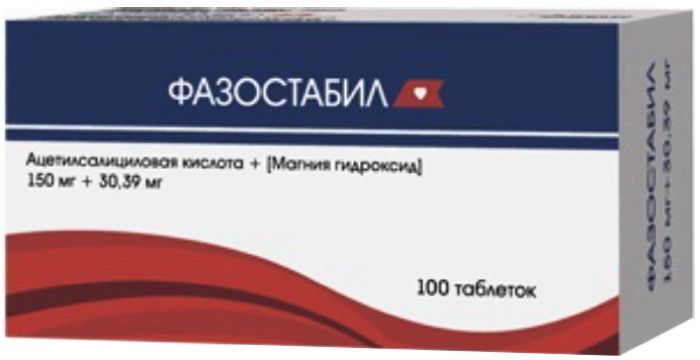
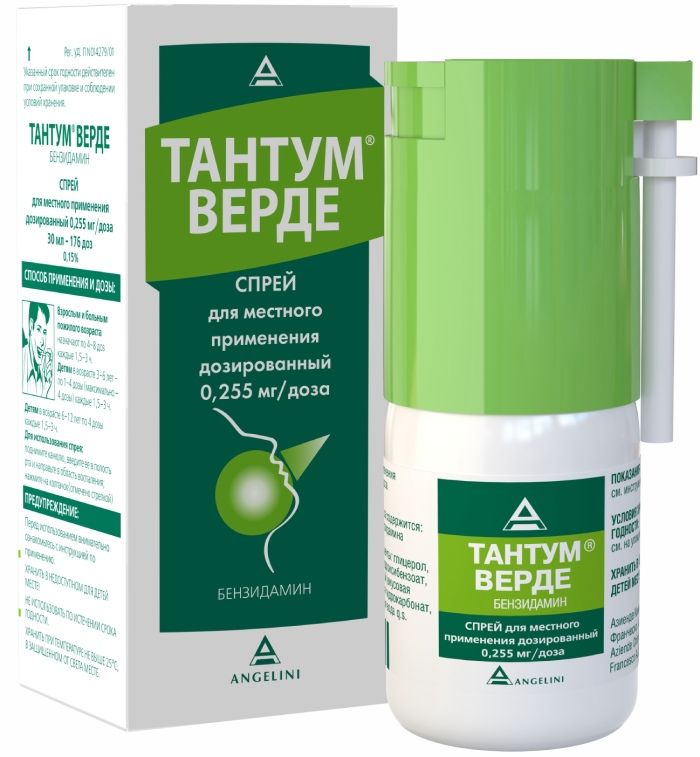
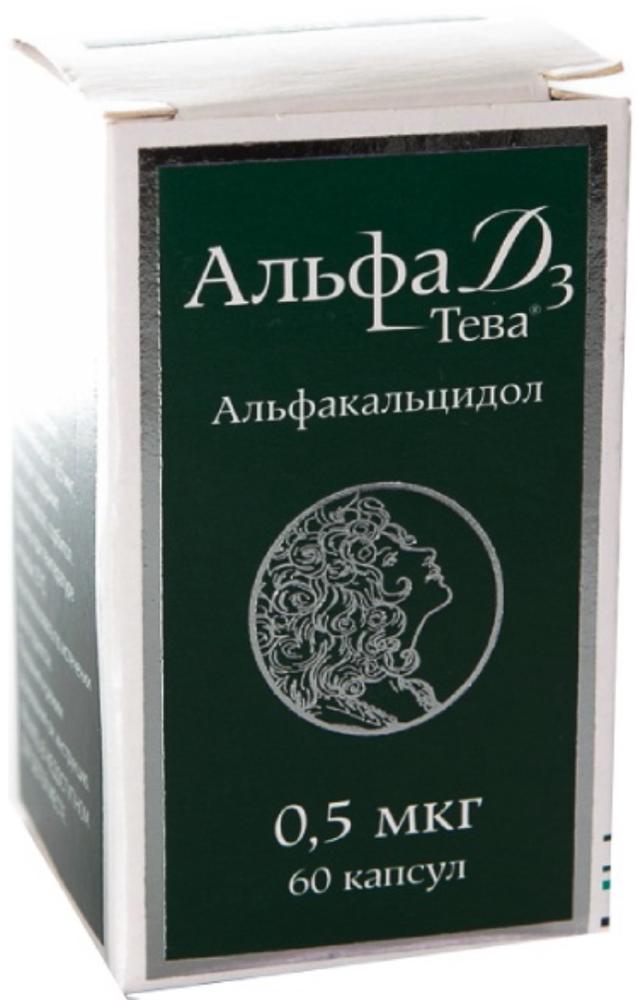
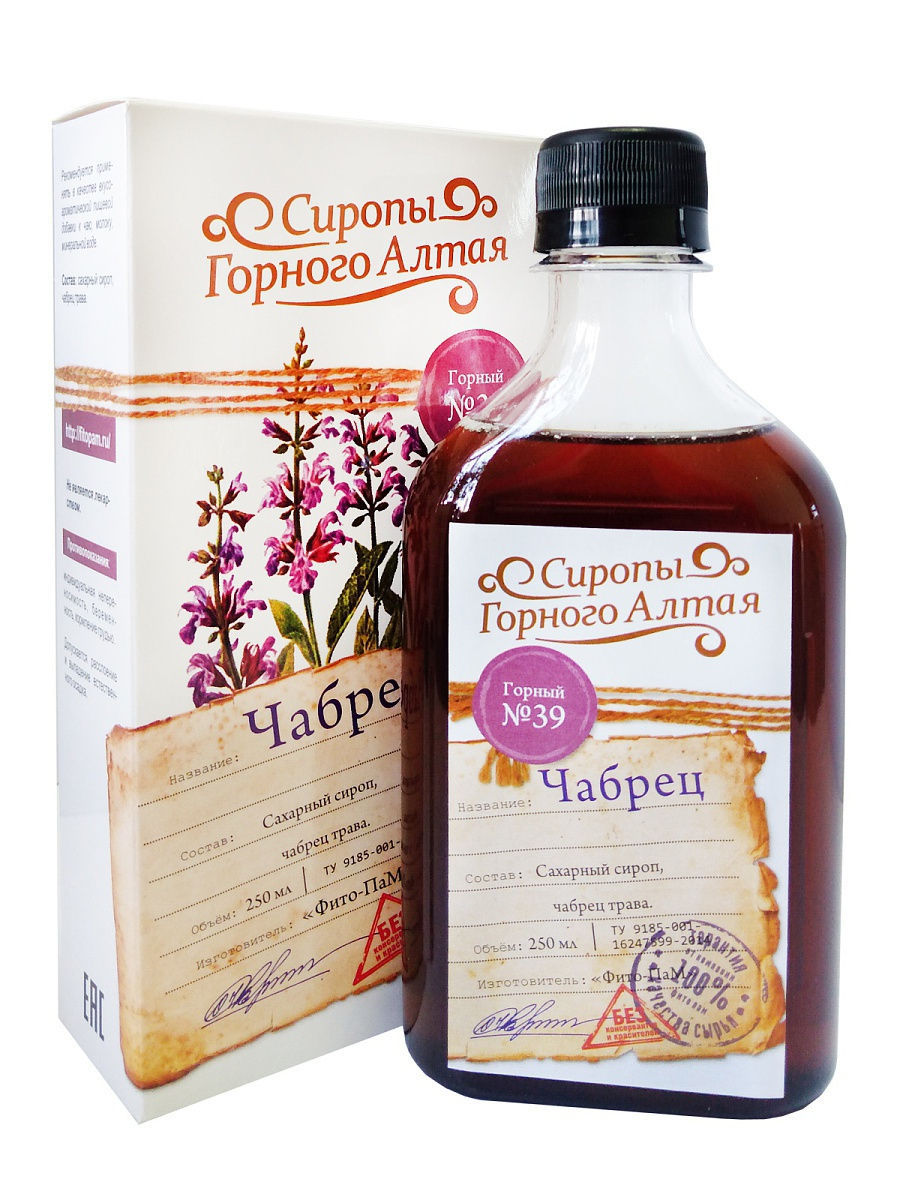
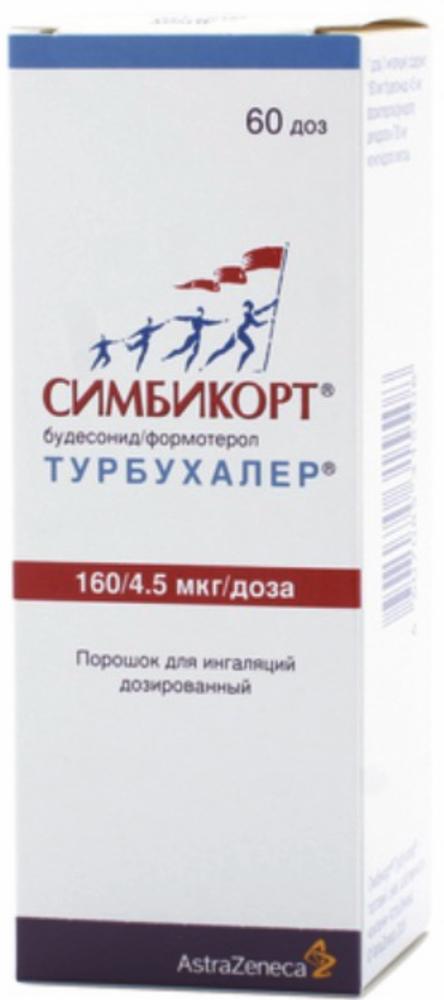
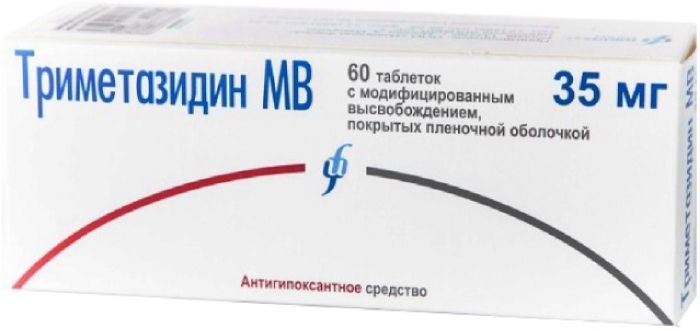
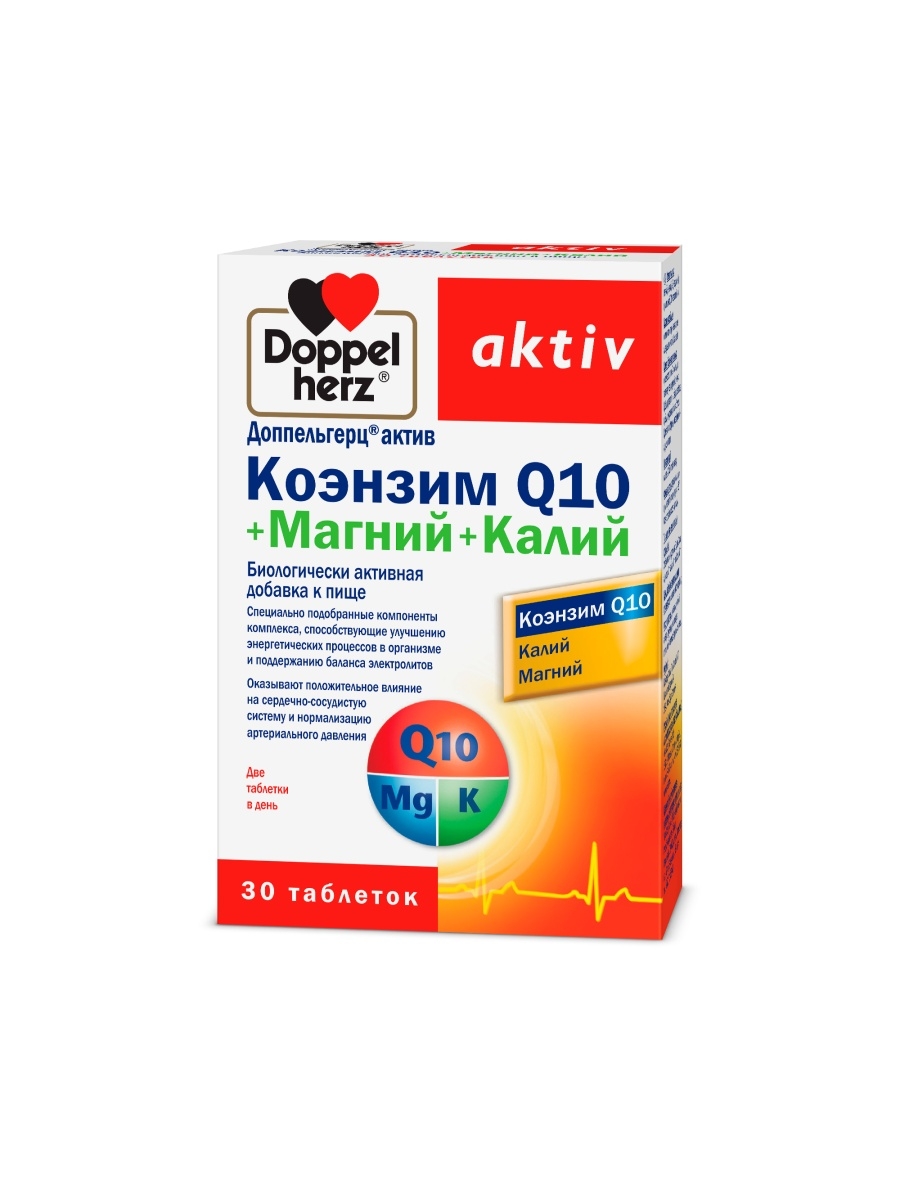




There are no reviews yet.